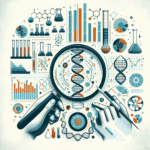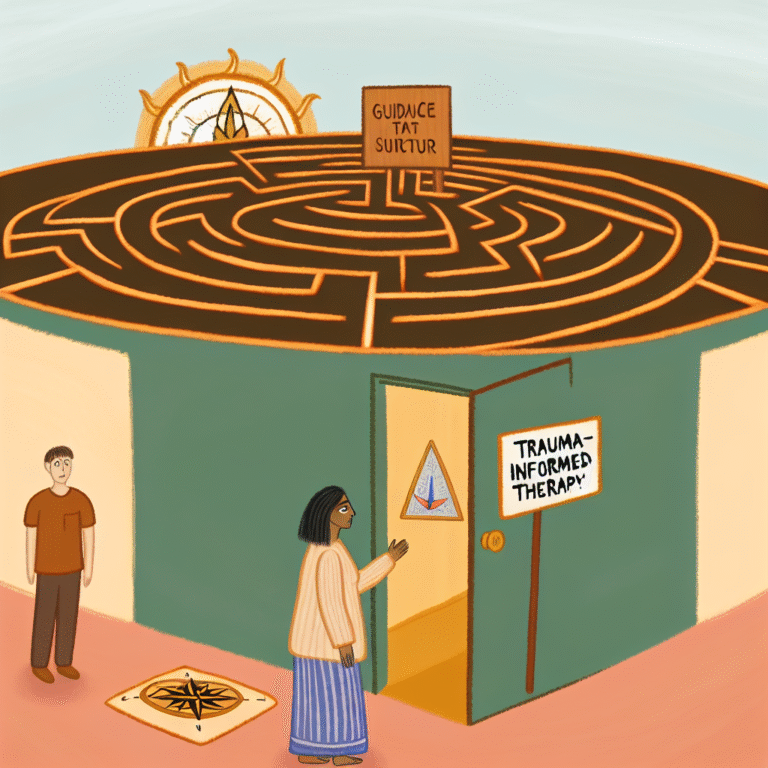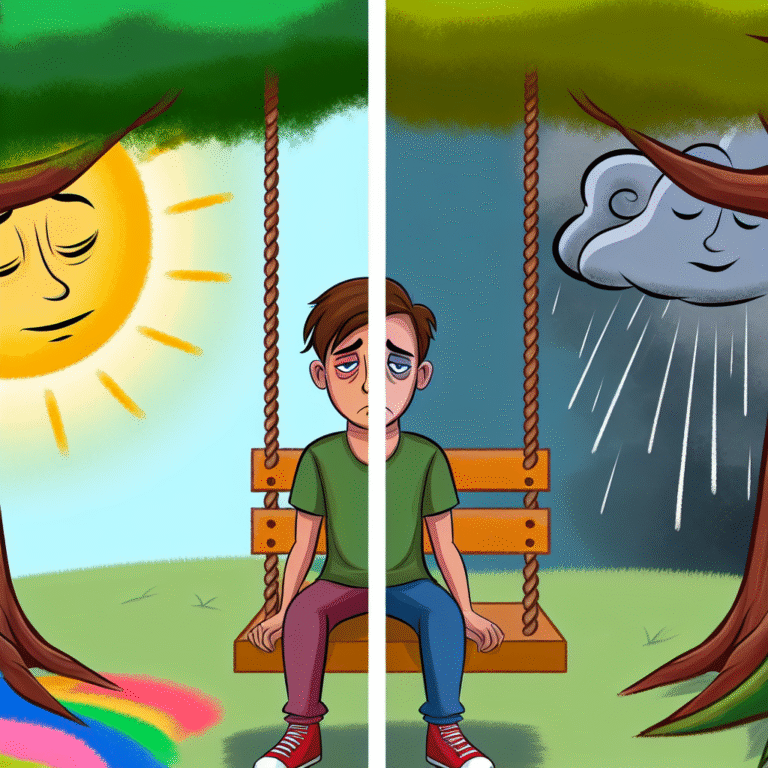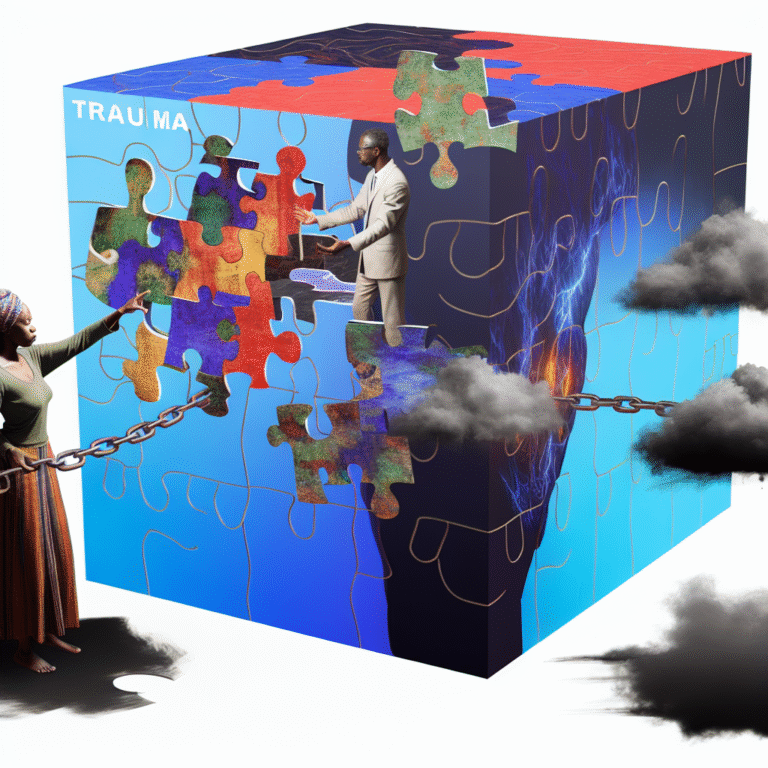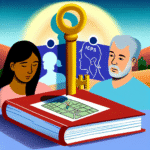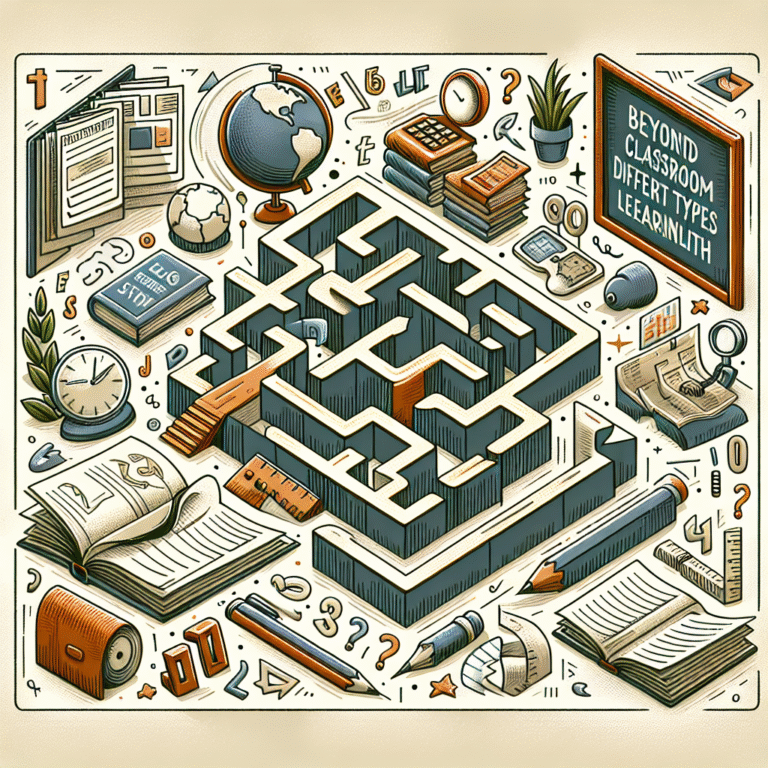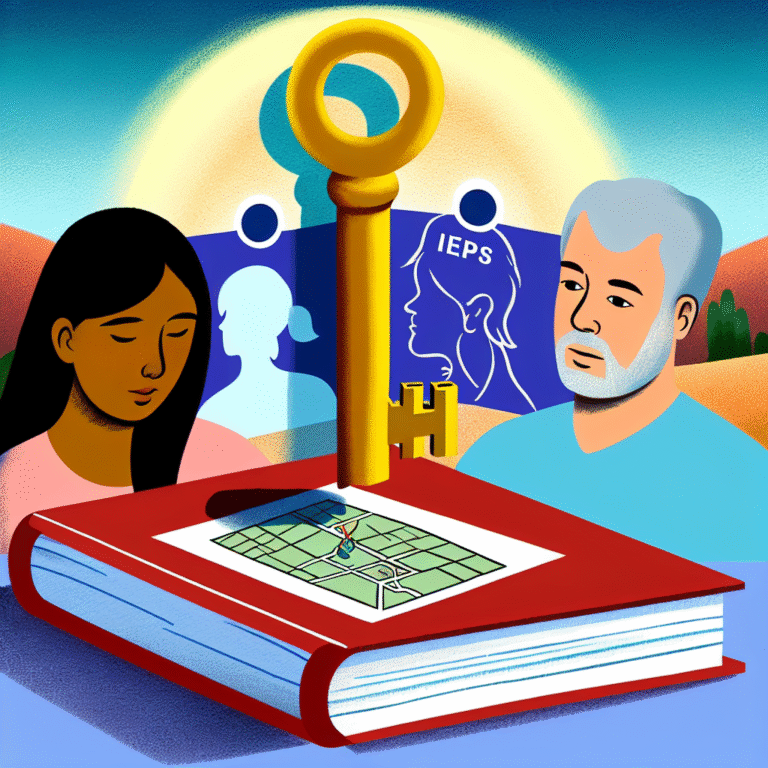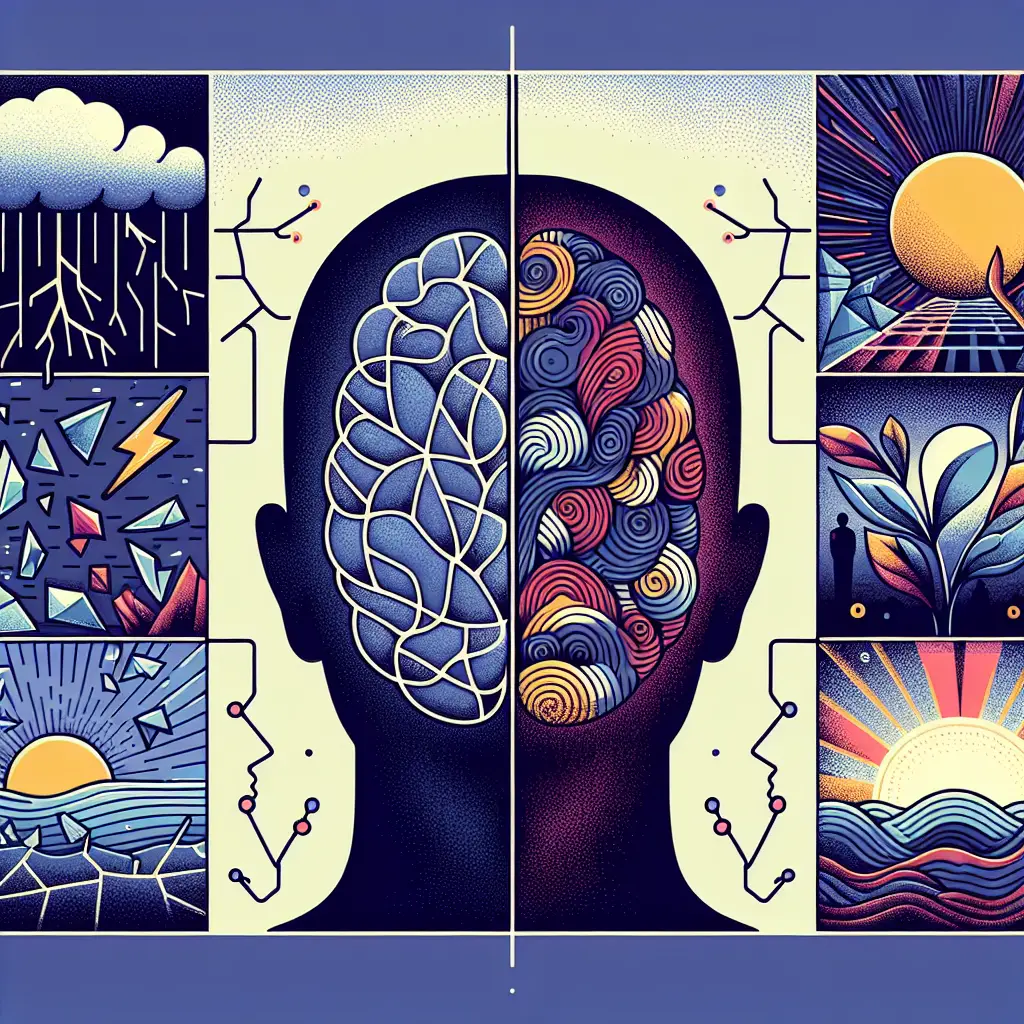
The Science of Trauma: How PTSD Triggers Affect the Mind – Understanding and Healing from the Invisible Wounds
Introduction
Imagine waking up in the middle of the night, heart racing, sweaty palms, and a sense of dread that you cannot shake off. You remember the sound of a car crash, the aftermath flashing before your eyes in vivid colors. This is not just a fleeting moment of fear; for many, this is a lived reality of post-traumatic stress disorder (PTSD). As we delve into The Science of Trauma: How PTSD Triggers Affect the Mind, we will explore the intricate web of psychological, emotional, and biological responses to trauma. Understanding these triggers is essential not just for those who suffer from PTSD, but also for society as we strive for compassion and healing in our communities.
Understanding PTSD: Definitions and Background
Before we dive deeper into the science, let’s elucidate what PTSD is. Post-traumatic stress disorder is a mental health condition triggered by experiencing or witnessing a traumatic event. Initially recognized as "shell shock" during World War I, PTSD has evolved in our understanding and application. Key symptoms include:
- Intrusive Memories: Flashbacks or recurring memories of the trauma.
- Avoidance: Steering clear of reminders or discussions of the trauma.
- Negative Mood Changes: Persistent feelings of hopelessness, detachment, or inappropriate emotions.
- Hyperarousal: Heightened reactions including irritability, difficulty sleeping, and hyper-vigilance.
These symptoms deeply affect an individual’s daily life, relationships, and overall well-being.
The Biological Underpinnings of Trauma
The Science of Trauma: How PTSD Triggers Affect the Mind is deeply rooted in biological responses. When we experience trauma, our body goes into ‘fight or flight’ mode, releasing hormones such as adrenaline and cortisol. These biochemical reactions, while necessary for immediate survival, can become entrenched in the brain, reshaping how we process future stimuli.
Neurotransmitters and the Brain’s Response
Case studies show that trauma significantly alters brain functions. A striking study published in the journal Biological Psychiatry discovered notable changes in the hippocampus – the area of the brain responsible for memory and emotional responses. Individuals with PTSD exhibited a smaller hippocampus, which could explain the fragmented memories and difficulty in forming new ones.
| Brain Region | Function | PTSD Impact |
|---|---|---|
| Amygdala | Processes fear and emotional reactions | Hyperactivity, increased fear |
| Hippocampus | Involved in memory formation | Reduced size, memory issues |
| Prefrontal Cortex | Responsible for decision-making and regulating emotions | Impaired functioning |
This table outlines how various brain structures interact with PTSD symptoms, demonstrating how trauma deeply embeds itself within our neurological pathways.
Triggers: The Catalysts of Past Trauma
What Are Triggers?
Triggers are stimuli—whether they are sights, sounds, smells, or emotions—that set off a PTSD reaction. These can be direct reminders of the trauma or even seemingly unrelated stimuli that activate intense emotional responses.
Case Study: The Effect of Sounds as Triggers
A case study published in the Journal of Traumatic Stress highlights a veteran who served in the combat zones of Iraq and Afghanistan. He would involuntarily react to the sound of fireworks, interpreting them as gunfire. This heightened sensitivity didn’t just disrupt his peace; it severely affected his relationships and daily functioning.
This veteran’s reaction underscores the concept of triggers in The Science of Trauma: How PTSD Triggers Affect the Mind. Sensory pathways deeply intertwined with trauma memories can provoke reactions as powerful as the original trauma.
The Imprint of Trauma on the Mind
One essential aspect of understanding trauma is recognizing how it reprograms the mental landscape. In periods of distress, individuals may revert to survival mechanisms that stem from the original trauma. Consequently, managing an effective response to triggers becomes paramount.
Emotional and Psychological Responses
Understanding The Science of Trauma: How PTSD Triggers Affect the Mind also requires looking at emotional responses. Triggers can provoke a range of emotions—fear, anger, confusion—often disproportionate to the immediate circumstance.
Emotional Dysregulation
Many emotions fizz out of control, leading to a phenomenon called emotional dysregulation. A significant factor in this aspect is the release of stress hormones, which affect the prefrontal cortex’s ability to manage emotional responses.
Case Study: A Child’s Experience
Consider a child who survives a house fire. The smell of smoke can induce panic attacks weeks or even years later. This child might develop avoidance behaviors, steering clear of bonfires or even BBQs with friends. The inability to modulate fear accurately can lead to isolation and ongoing distress.
Coping Mechanisms and Strategies
The exploration of healthy coping mechanisms is critical in addressing how PTSD triggers affect emotional responses. Techniques such as mindfulness, cognitive behavioral therapy (CBT), and grounding exercises can assist individuals in navigating their emotional landscapes more effectively.
| Coping Mechanism | Description |
|---|---|
| Mindfulness | Awareness of the present moment, reducing anxiety and fear |
| Cognitive Behavioral Therapy | Replacing negative thought patterns with positive ones |
| Grounding Techniques | Anchoring oneself in the present to minimize distress |
The Role of Support Networks
An indispensable factor in healing from trauma is the support system surrounding the individual. In The Science of Trauma: How PTSD Triggers Affect the Mind, social support has proven efficacy in reducing PTSD symptoms.
Environments of Support
- Family and Friends: Understanding and compassionate loved ones can provide a safe space for those suffering from PTSD.
- Support Groups: Engaging with peers who share similar experiences can foster connection and healing.
Case Study: Group Therapy Success
A study from the American Journal of Psychiatry examined a group therapy approach among survivors of natural disasters. Participants reported decreased PTSD symptoms and heightened feelings of support and understanding. These findings underscore the importance of acknowledging shared experiences in healing.
Steps Towards Healing
Healing from trauma is often a gradual and nonlinear journey. Recognizing The Science of Trauma: How PTSD Triggers Affect the Mind provides essential insights into this process.
Professional Therapy
Working with trained mental health professionals can help individuals process trauma. Therapies, such as Eye Movement Desensitization and Reprocessing (EMDR), have shown effectiveness in treating PTSD.
Lifestyle Adjustments
Simple lifestyle changes can also aid in managing PTSD symptoms:
- Regular exercise can counteract stress responses.
- A balanced diet contributes to overall mental wellbeing.
- Building healthy sleep habits is vital for brain function and emotional regulation.
Conclusion: Embracing the Journey of Healing
The journey through trauma and PTSD is complex, but it’s crucial to recognize that healing is possible. The Science of Trauma: How PTSD Triggers Affect the Mind teaches us that understanding the triggers, managing them, and utilizing supportive networks can empower individuals to reclaim their narratives.
Ultimately, awareness fosters compassion. Whether you are experiencing PTSD or supporting someone who is, remember that every step towards understanding is a step towards healing. There is hope, and healing can arise from the most profound wounds.
FAQs
1. What are the main symptoms of PTSD?
PTSD symptoms include intrusive memories, avoidance of reminders, negative mood changes, and heightened reactions such as irritability and hyper-vigilance.
2. Can PTSD develop long after a traumatic event?
Yes, PTSD can manifest long after the triggering event, sometimes occurring months or even years later.
3. Are there effective treatments for PTSD?
Absolutely! Effective treatments include Cognitive Behavioral Therapy (CBT), EMDR, mindfulness techniques, and support groups.
4. How does trauma impact the brain?
Trauma affects brain structures such as the amygdala, hippocampus, and prefrontal cortex, leading to altered emotional processing and memory formation.
5. Can lifestyle changes help with PTSD symptoms?
Yes, regular exercise, balanced nutrition, sufficient sleep, and fostering supportive relationships can significantly help manage PTSD symptoms.
This article aims to shed light on the complex yet fascinating topic of trauma and PTSD, encouraging readers to seek knowledge and support on their healing journey. Remember, understanding the science behind trauma can open pathways to recovery, fostering resilience and hope.



